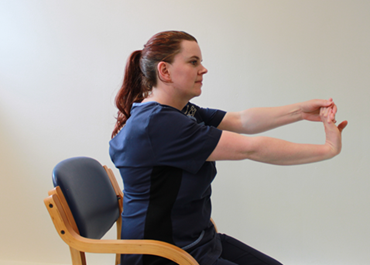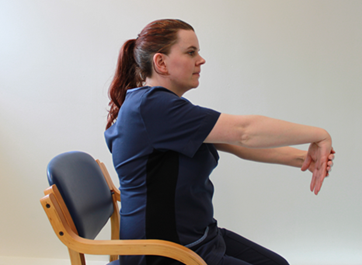Self help resources - Elbow

Documents / Leaflets
Useful Sites
Elbow pain is particularly common in individuals whose jobs and/or activities require repetitive use of their arms and can be particularly painful with movements that require gripping or twisting at the wrist. Pain can occasionally radiate down into the forearm.
Elbow pain can result directly from an acute trauma, for example, falling onto an outstretched hand. Alternatively, elbow pain can also begin gradually such as a tennis elbow or golfer’s elbow.
The following information has been written to help you fully self manage your elbow pain.
However, please self-refer to be assessed by a Physiotherapist if you:
- Have had recent trauma to your elbow and have a significant loss of movement/strength
- Constant day & night pain that you cannot settle
- You are off-sick and struggling to return to work due to your elbow pain
- Persistent pins and needles or numbness in the hand and fingers
- Your symptoms are worsening and are not improving despite following advice below over the course of six weeks
If you have a history of cancer, immunodeficiency or TB and have new, unexplained and constant pain, then please speak to your GP whilst you attempt the following self-help advice.
What can I do to help?
Elbow pain is common but can be self-managed really effectively following some simple advice and exercises. If you are struggling with your pain, the following initial advice should help you to get started:
Pain relief: Basic painkillers (like paracetamol) or non-steroidal anti-inflammatory gels (such as Ibuleve/Voltarol) are easily available over the counter without the need for prescription. These can be very effective as they lessen your discomfort and importantly allow you to keep moving/active. However, please check the labels for instructions/safe usage and any possible reasons why you should not use them. If you are currently taking any form of medication it is advisable to consult your GP or Pharmacist before taking additional pain relief.
Heat or Ice: Heat is often useful for easing pain using a hot water bottle or wheat pack. Use for 15-20 minutes at a time and repeat several times a day as necessary. However, if you have had a recent injury or flare up you may find it more therapeutic to use an ice pack to reduce your pain/irritation. A packet of frozen peas wrapped in a tea-towel works well. Leave in place for up to 15 minutes at a time. Again, this can be repeated several times a day if found helpful.
Rest vs. activity: It is usually best to carry out your normal activities, but try not to overdo it. Let pain be your guide; short-lasting/temporary discomfort is fine but worsening or constant 24/7 pain indicates you are likely doing too much and need to take things a little easier. You need to pace yourself to start with and try to do a bit more each few days. You will find keeping your elbow gently moving more comfortable than complete rest where it may become stiff and sore.
Exercise
Exercise can be an extremely beneficial treatment for your elbow pain as it can gradually build the tolerance and load-capacity of your tissues and help ease stiffness and soreness.
Please try this exercise programme 1-2 times a day. A small increase in pain is OK if it goes away within 30 minutes and not worse the next day. If you feel you have done too much, don't worry, do fewer repetitions the next time and then gradually build up again. It may take 5-6 weeks before you start to see improvement.
For a printable version of these exercises please click here
If your elbow pain does not improve over the next 5-6 weeks or gets worse despite the exercises, then you can self-refer yourself to see a Physiotherapist for an assessment.
Exercise 1 - Wrist Extension Curls
With your forearm rested over the edge of a table with your palm down to the floor
Curl your wrist upwards and slowly return to the start position, without weight to begin
Perform 5-10 repetitions
Start using a light weight if not too uncomfortable
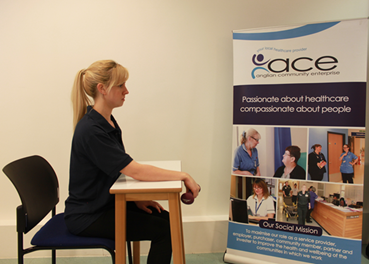
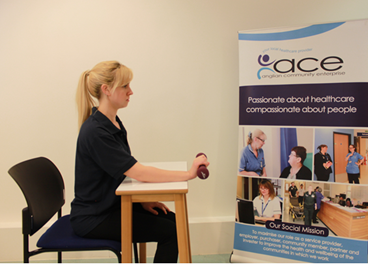
Exercise 2 - Wrist Flexion Curls
With your forearm rested over the edge of a table with your palm facing upwards
Curl your wrist upwards and slowly return to the start position, without weight to begin
Perform 5-10 repetitions
Use a light weight if not too uncomfortable
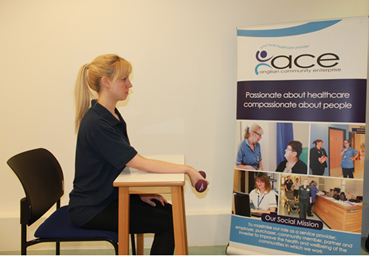
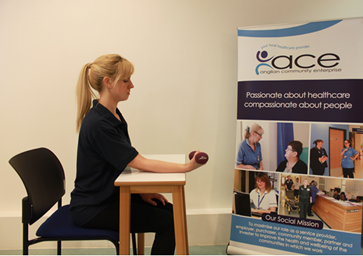
Exercise 3 - Bicep Curls
Stand or sit, starting with your elbows straight
Without a weight at first; bend your elbows as far as you can manage and slowly return to the start position
Perform 5-10 repetitions
Use a light weight if not too uncomfortable
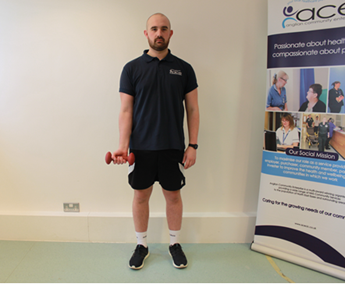
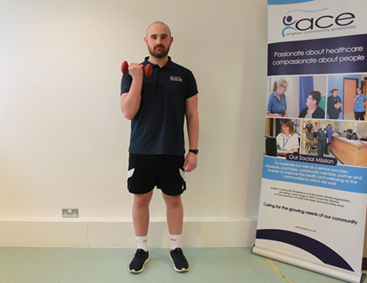
Exercise 4 – Forearm Stretches
For some people it is also helpful to stretch the forearm muscles that connect into the elbow
You can perform either of these two exercises below if you find it helpful. For each exercise, keep the elbow comfortably straight and apply the tension through the wrist/hand with the other hand.
Hold each for 30 seconds
